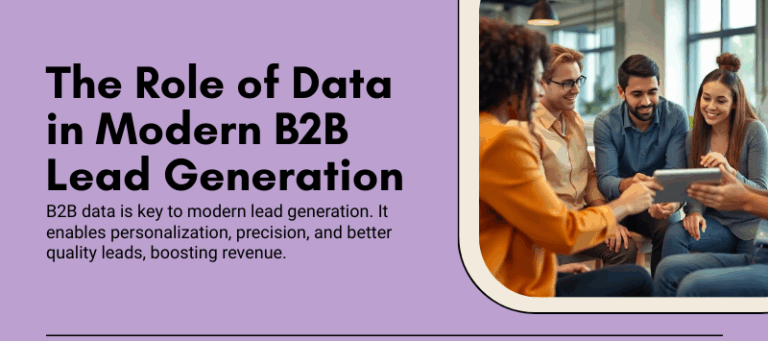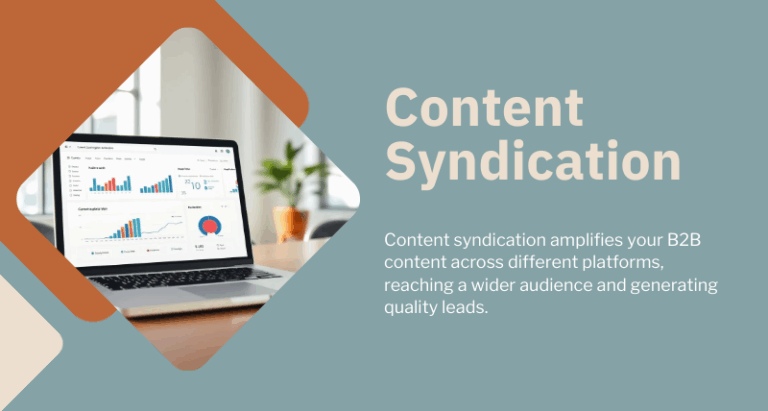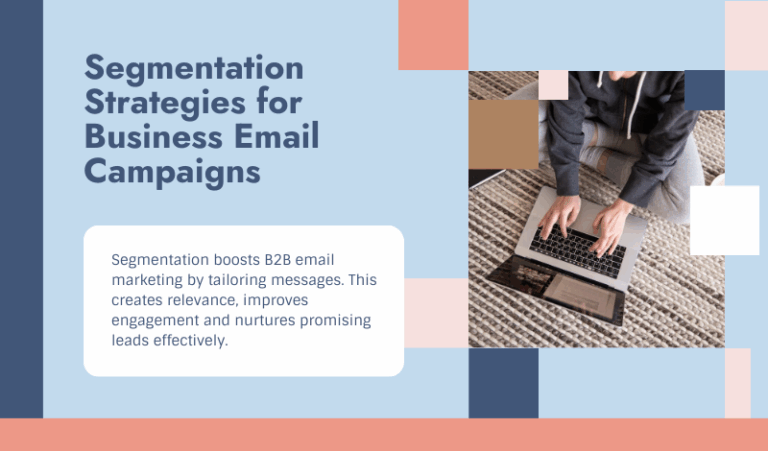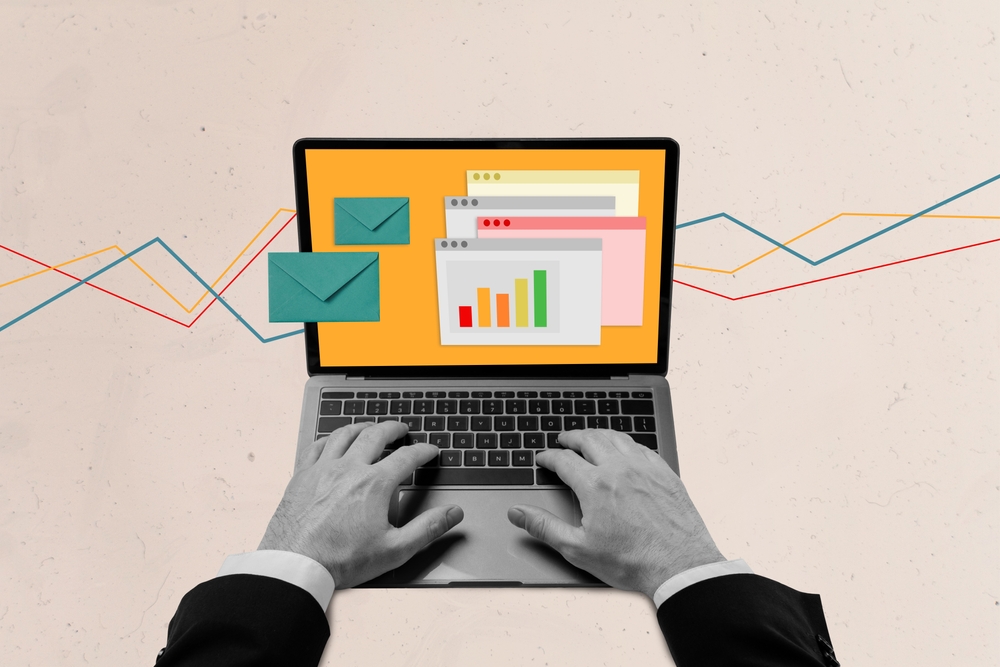

As digital marketing continuously evolves, email remains one of the most powerful tools for B2B lead generation. With the right approach, email can drive highly qualified leads, engage decision-makers, and build long-term business relationships. This guide highlights innovative B2B email strategies designed to yield measurable results. Each tactic here is optimized for those seeking to make strategic choices that impact growth.
Understanding Modern B2B Email Lead Generation
B2B email marketing has become more sophisticated, leveraging data insights, automation, and hyper-targeted content. Modern strategies aim to create a more engaging, personalized experience that resonates with potential clients. Here’s why email continues to be an essential lead generation tool:
- High ROI: Email offers an average return on investment of $42 for every dollar spent, making it a cost-effective approach.
- Scalability: Email marketing platforms allow organizations to scale lead generation efforts as their audience grows.
- Enhanced Targeting: Advanced segmentation options make it easier to reach the most relevant audience segments.
Before diving into specific tactics, it’s critical to recognize the need for a well-organized email marketing campaign management system, which provides the foundation for each tactic.
1. Leveraging AI-Powered Personalization
Artificial intelligence (AI) has become central to email marketing, enabling a level of personalization that wasn’t previously possible. AI can segment audiences, predict customer behavior, and personalize email content in real-time, making it more likely that the message will resonate.
How AI Personalization Works
AI-driven tools analyze previous interactions, engagement rates, and behavioral data to create detailed buyer personas. For example:
- Behavioral Segmentation: Emails are sent based on a prospect’s activity, such as visiting specific pages or downloading whitepapers.
- Predictive Content Suggestions: AI can automatically recommend content that aligns with each user’s interests.
Using AI, companies can develop highly personalized emails that make recipients feel seen and understood, significantly increasing engagement. For insights on getting started with AI-powered segmentation, check out our guide to marketing automation.
2. Crafting Interactive Emails to Boost Engagement
Interactive elements within emails engage users by encouraging actions directly within the email body. This can include embedded surveys, live polls, or gamified content that adds an extra layer of interaction.
Interactive Content Ideas for B2B Emails
- Surveys and Polls: Gather instant feedback and insights on your services.
- Calculators: Include tools like ROI calculators to provide personalized value.
- Embedded Video Previews: Videos engage recipients more than text, making content more dynamic and informative.
Interactive content not only boosts engagement but also helps you gain valuable data on leads, allowing for further targeted follow-up campaigns.
3. Deploying Drip Campaigns for Nurturing Leads
Drip campaigns remain a cornerstone of B2B email lead generation, allowing you to nurture leads over time with scheduled, personalized content. By guiding leads through the buyer journey with timely and relevant information, you can keep your brand top of mind.
Best Practices for Drip Campaigns
- Segment by Buyer Stage: Use automation to send tailored content based on each lead’s position in the sales funnel.
- Automate the Sequence: Create an automated email sequence that triggers based on user actions, such as content downloads or email clicks.
- Analyze and Optimize: Regularly analyze open and click rates to refine your approach for better results.
Drip campaigns are especially effective for SaaS companies and complex industries where the sales cycle is long and decision-making involves multiple touchpoints. Learn more about setting up targeted drip campaigns with our comprehensive SaaS lead generation strategies.
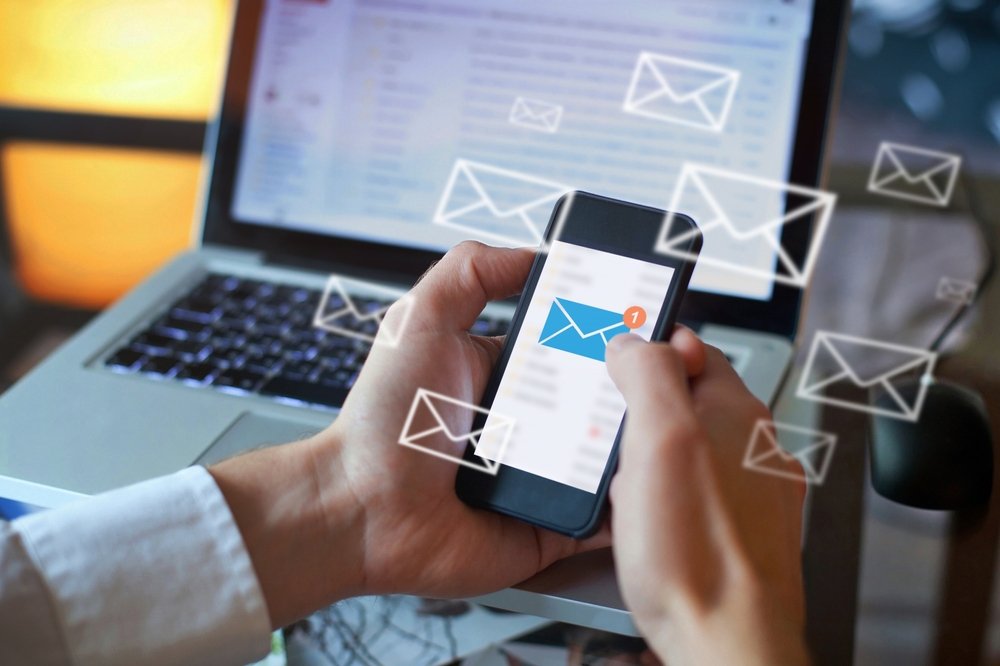
4. Employing Data-Driven Email Targeting with Demographic Appends
Understanding and leveraging demographic data is vital for effective email targeting. By enhancing customer profiles through data appends, businesses gain a more precise understanding of each lead’s needs and preferences.
How to Use Data Appends in Email Campaigns
Data appends allow you to add key information such as industry, job title, or company size to your existing email lists, allowing for more targeted campaigns. Here’s how this process benefits B2B email marketing:
- Improved Segmentation: Target different industries or company sizes with tailored messaging.
- Better Personalization: Use enhanced data to create hyper-relevant content, improving open and click-through rates.
For more on using data to refine your email strategy, visit our post on demographic data for B2B marketing.
5. Segmenting Email Lists by Purchase Intent
Segmenting email lists by purchase intent enables a more strategic approach to lead nurturing. This approach identifies prospects at different stages of the buying cycle, allowing you to focus on leads who are ready to make decisions.
Steps to Segment by Purchase Intent
- Track Engagement Signals: Use tools to track actions such as website visits or content downloads.
- Score Leads: Assign scores to leads based on their activity and level of engagement with your emails and website.
- Create Targeted Email Content: Send high-intent leads content that helps them make a purchase decision, such as case studies or product demos.
Segmentation based on purchase intent can significantly improve conversions and is a critical tactic in converting high-value B2B leads.
6. Using Triggered Emails for Timely Follow-Ups
Triggered emails are sent automatically in response to a lead’s action, such as signing up for a newsletter or viewing specific web content. This allows for a timely, relevant follow-up that can encourage further engagement and nurture the lead towards conversion.
Examples of Triggered Email Campaigns
- Welcome Emails: Acknowledge and engage new subscribers right away.
- Re-Engagement Campaigns: Reach out to leads who haven’t interacted in a while with relevant offers.
- Content-Based Triggers: Send follow-up emails with additional resources related to previously accessed content.
Triggered emails are highly effective, as they are sent based on a user’s genuine interest, providing a more personalized experience that increases engagement. Learn more about leveraging trigger-based emails in our article on content-based lead generation tactics.
7. A/B Testing for Continuous Optimization
Testing various elements of your email campaigns helps ensure you’re using the best possible tactics for maximum impact. A/B testing involves creating two versions of an email with slight variations and then analyzing which one performs better.
Elements to A/B Test
- Subject Lines: Try different wording or lengths.
- Call-to-Action (CTA) Buttons: Experiment with color, placement, and wording.
- Email Design: Test different layouts and images to see what drives engagement.
Even minor adjustments can lead to significant improvements in open and click rates, giving you a more refined and impactful lead generation strategy. For a deeper dive into optimizing email marketing, explore our comprehensive guide.
8. Implementing Account-Based Marketing (ABM) with Email
ABM is an increasingly popular approach in B2B marketing, targeting specific high-value accounts with personalized campaigns. By focusing on key decision-makers within target accounts, ABM via email becomes a powerful tactic for securing high-converting leads.
Steps to Execute an ABM Email Strategy
- Identify High-Value Accounts: Use CRM data to pinpoint the accounts most likely to convert.
- Customize the Content: Tailor email messages with content that speaks directly to the unique needs of each account.
- Integrate with Sales Teams: Coordinate with sales to ensure a seamless approach to nurturing and converting high-value leads.
ABM is particularly beneficial for companies with a focused client base and is one of the most effective strategies for building strong, long-term relationships.
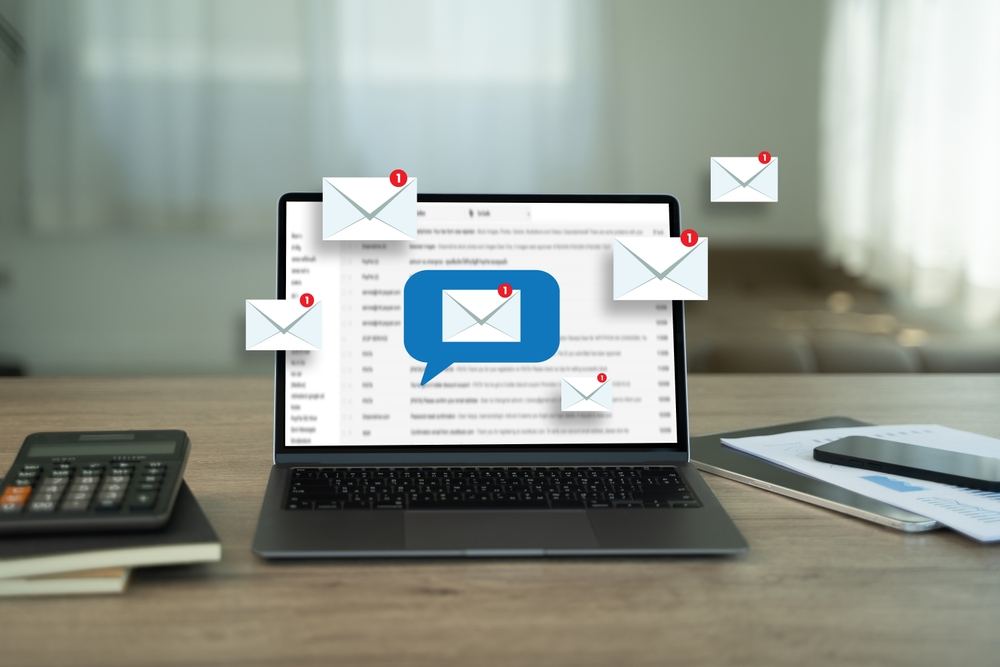
9. Refining Messaging with Dynamic Content
Dynamic content involves tailoring sections of an email to individual subscribers based on their profile data. This enables businesses to create highly personalized emails that speak directly to the recipient’s interests, increasing relevance and engagement.
Implementing Dynamic Content in B2B Emails
- Use Customer Data to Inform Content: Show different products or case studies based on recipient job roles or industries.
- Personalize CTAs: Tailor calls-to-action that resonate with each segment, from “Learn More” to “Request a Demo.”
- Automate Content Selection: Use automation tools to swap content based on pre-set criteria, ensuring each email feels bespoke.
Dynamic content requires accurate customer data, which can be managed using a data-driven marketing automation platform.
10. Combining Email with Retargeting Campaigns
Email retargeting campaigns are a highly effective tactic for reaching users who have shown interest but haven’t yet converted. By using cookies and tracking pixels, marketers can retarget users with relevant emails that remind them of their interest.
Steps for Effective Email Retargeting
- Install Tracking Pixels: Place tracking pixels on high-value pages like pricing, product details, or demo request forms.
- Create a Retargeting Sequence: Develop a short sequence of emails aimed at moving the prospect further down the funnel.
- Personalize Content: Include messages that address the specific page or content that initially drew the user’s interest.
Retargeting is a crucial tactic for reminding users of your offerings, ensuring they continue to engage with your brand and make informed decisions.
11. Utilizing Behavioral Triggers for Precision Targeting
Behavioral triggers represent one of the most impactful ways to engage prospects through email marketing, as they leverage real-time data to send emails based on user actions. Unlike simple triggered emails, behavioral triggers respond dynamically to more subtle cues, like frequency of visits, time spent on certain pages, or engagement with specific topics.
Examples of Behavioral Triggers in B2B Emails
- Content Completion Triggers: Send targeted follow-ups when users complete high-value actions, like watching a full webinar or completing a product demo.
- Inactivity Triggers: Remind less active users of your offerings with re-engagement emails that suggest new resources or product updates.
- Milestone Triggers: Celebrate account anniversaries or contract renewal periods with value-driven offers.
Behavioral triggers make B2B email outreach more relevant, ensuring content aligns perfectly with the recipient’s recent engagement, which can significantly improve open and response rates.
12. Building Lead Scoring Systems for Enhanced Email Segmentation
Lead scoring systems offer an advanced approach to segmenting leads by quantifying their level of interest and readiness to convert. This system assigns points to leads based on engagement metrics like email opens, link clicks, and website visits, creating a data-driven approach to prioritizing high-value leads. Lead scoring works best when combined with a comprehensive CRM and automation strategy.
How Lead Scoring Enhances Email Marketing
- Better Segmentation: Leads can be divided by engagement levels, allowing targeted messaging that aligns with each group’s readiness to engage further.
- Customized Follow-Up Strategies: High-score leads receive more direct offers, while lower-score leads might benefit from nurturing content.
- Improved Sales Alignment: By highlighting high-potential leads, sales teams can focus on the most promising prospects, optimizing conversions.
Lead scoring creates a streamlined, strategic approach to email campaigns, increasing efficiency by ensuring high-quality leads receive the most attention.
13. Applying Psychographic Targeting for Deeper Audience Understanding
Psychographic data goes beyond basic demographic or behavioral information, examining factors like values, beliefs, and motivations to help shape more resonant messaging. By integrating psychographic data into B2B email marketing, companies can craft messages that speak directly to the priorities and pain points of different audience segments, building a deeper connection.
Strategies for Psychographic Email Targeting
- Survey and Poll Insights: Collect information about motivations and preferences through interactive email surveys.
- Tailored Content by Belief and Value Segments: Create and send resources that align with different decision-making styles, from risk-averse to innovation-driven leads.
- Motivational CTAs: Adjust calls-to-action based on what drives each audience, such as emphasizing innovation or stability, which increases relevance and conversions.
Psychographic targeting adds depth to email campaigns, delivering messaging that resonates on a personal level and fosters a stronger response.

14. Integrating Content Marketing for Enhanced Lead Nurturing
Content marketing pairs effectively with B2B email lead generation by offering leads valuable resources at each stage of their journey. Instead of hard-selling, content-based emails provide education and insights, establishing credibility and nurturing leads over time. This approach is particularly powerful for companies with long sales cycles, as it keeps leads engaged with informative, relevant content.
Content Types That Engage B2B Leads
- White Papers and Ebooks: Ideal for educating leads on complex topics and building authority in the industry.
- Case Studies: Demonstrate proven results with real examples, showcasing how your services address specific pain points.
- Webinars and Video Series: Video content offers an engaging format for sharing insights, while webinars provide interactive learning opportunities.
Leveraging content in email campaigns keeps leads interested and positions your organization as an industry leader. Check out how effective content marketing can be with our article on the role of custom content in lead generation.
Staying Ahead with Data-Driven, Personalized Email Strategies
The B2B email lead generation landscape is rapidly evolving, demanding innovative tactics to stay competitive. These advanced strategies—from AI-driven personalization and behavioral targeting to psychographic segmentation—offer a path forward for brands looking to improve engagement, build connections, and drive conversions. Leveraging a robust CRM and marketing automation system can ensure each tactic is executed seamlessly, scaling campaigns while keeping personalization intact.
Whether it’s through dynamic content, advanced segmentation, or behavioral triggers, a carefully structured email strategy has the potential to deliver consistent, measurable results. For those committed to optimizing their approach, these email lead generation tactics lay the groundwork for attracting, nurturing, and converting high-value B2B leads, creating a substantial advantage in a crowded market.
Explore more detailed resources and discover new strategies on our B2B marketing blog to further refine your approach and enhance your organization’s lead generation success.
